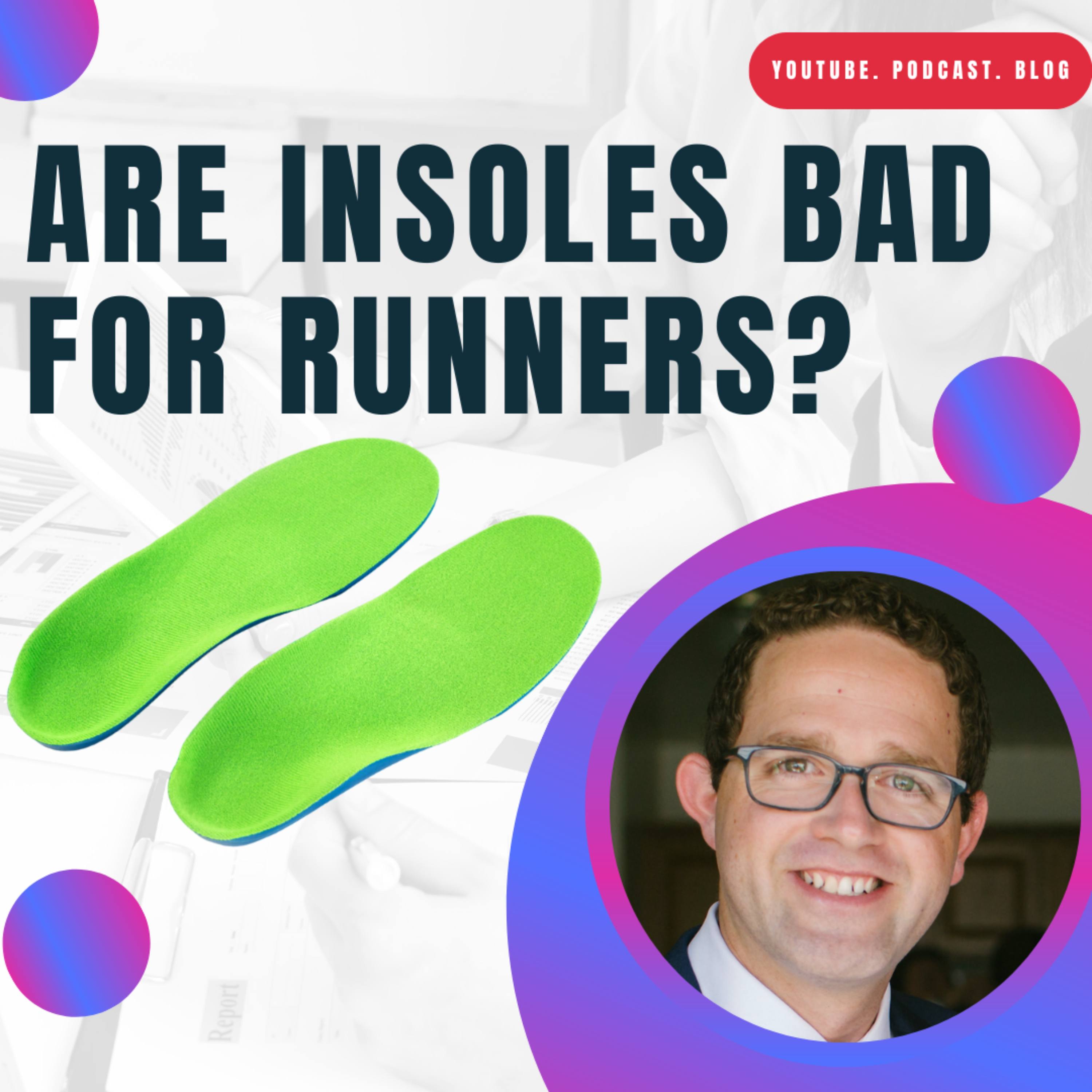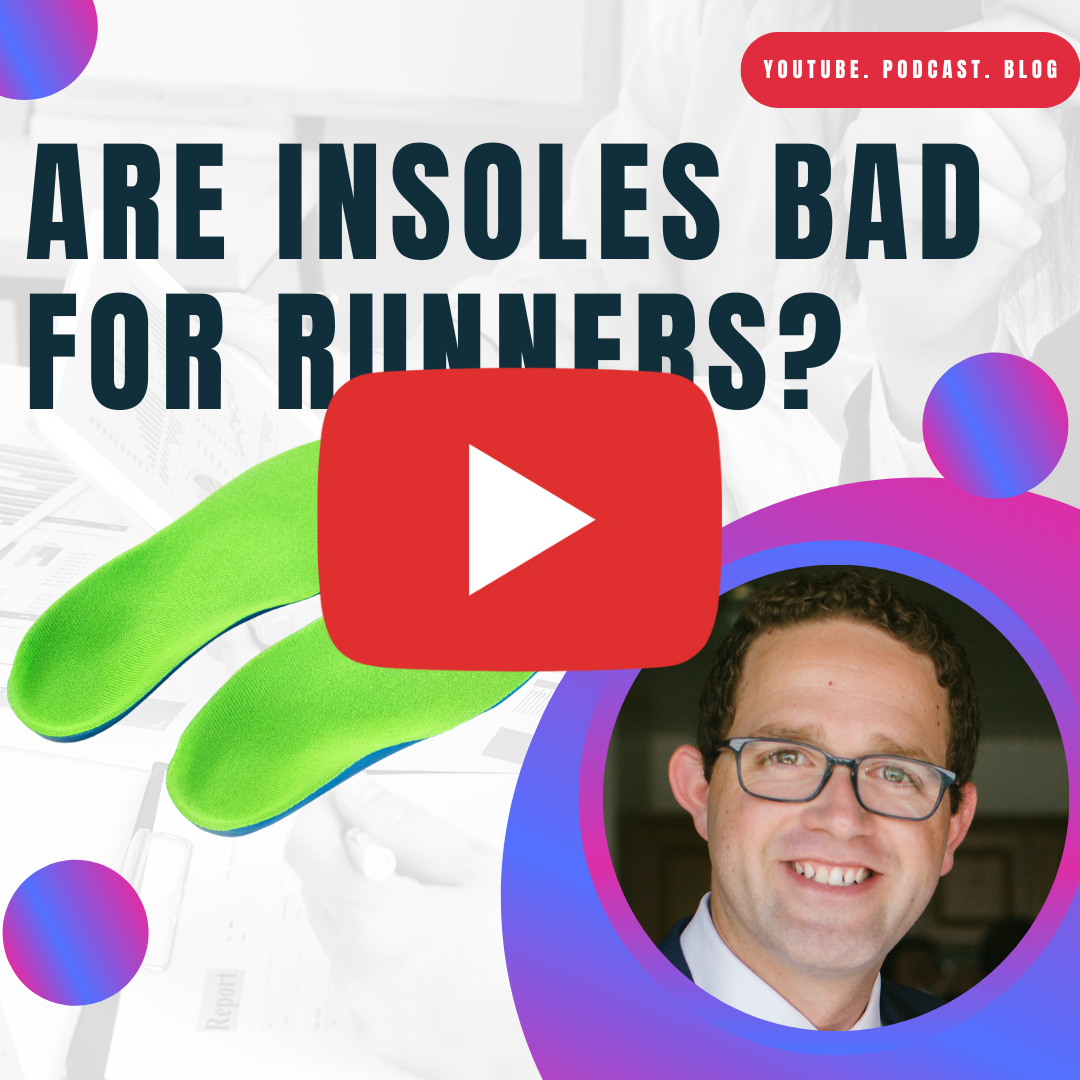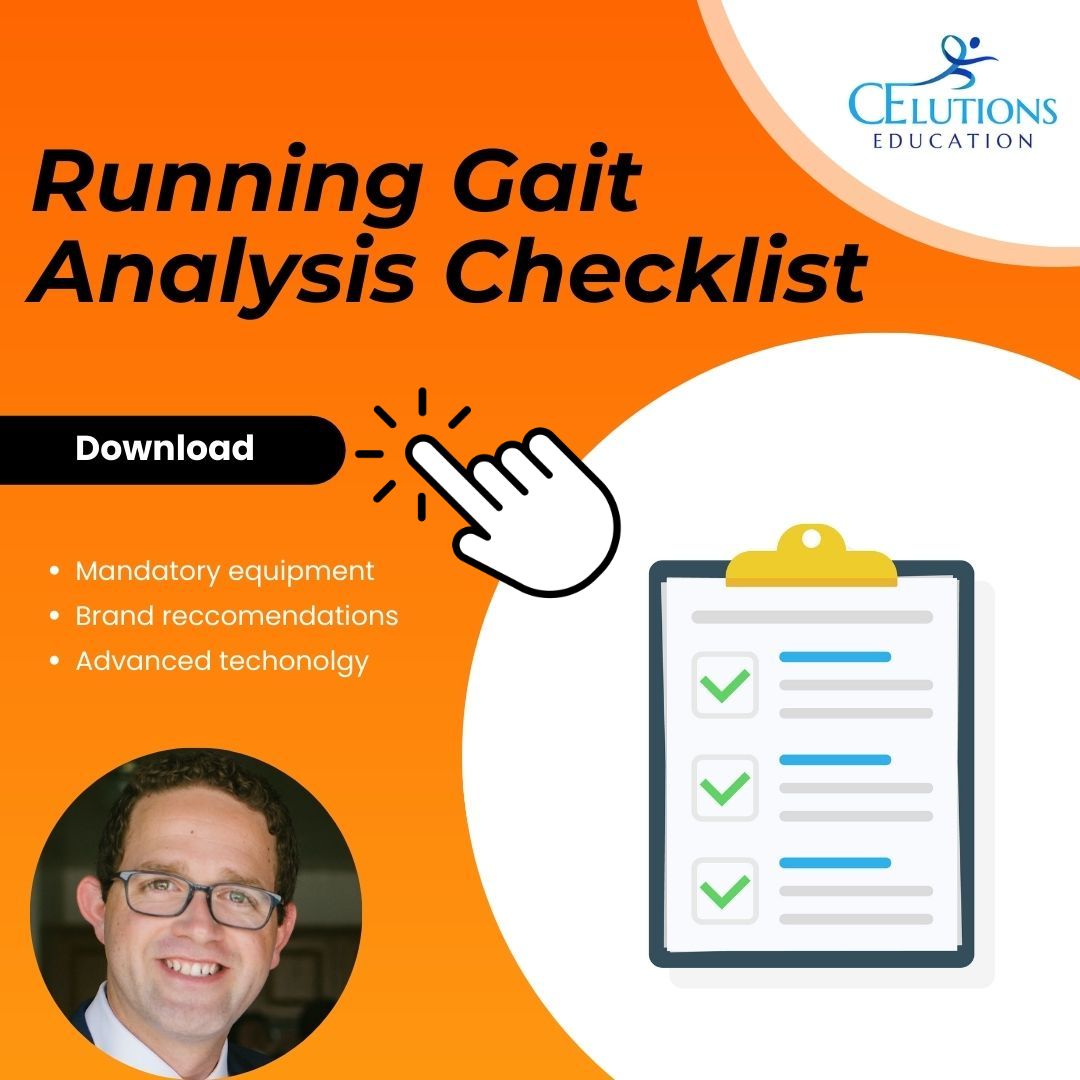Are Insoles Bad For Runners?
Apr 20, 2023
When I was out for a trail run recently I started to talk with a fellow runner and we inevitably started discussing running shoes and insoles. Her question was whether she should be using insoles in addition to the support provided from her running shoes. As PTs and healthcare practitioners we get many questions exactly like this from our running patients. Some insoles ARE bad for runners, others ARE good, here’s what you need to know about running insoles.
What’s The Difference Between Insoles and Orthotics?
An insole is a device that rests between a person's foot and the sole of their shoe, essentially the surface the foot touches in the shoe. Historically, insoles have been categorized as over the counter devices that have been made to improve comfort and allow a shoe to fit better where orthotics have been classified as medically prescribed devices to address pain or medical issues. Consumers and clinicians have used these terms interchangeably over the years and today we find insole and orthotic being frequently used together.
The Anatomy Of A Running Shoe Insole
To be able to prescribe the correct running insoles first it’s important to understand the anatomical components of insoles. The features of an insole include volume or thickness, arch height, absorption or cushion, heel cup size and sole ridgeness. Each of these components can change how a runner's foot and lower extremity react to impacting the ground. For example, a high arch insole can help support a runner with a high arch which will not only help reduce risk to their arch collapsing in weight bearing but aid to resist pronation, subtalar joint valgus collapse, genu valgum and hip drop gait patterns. In another example, a patient with ankle instability would benefit from an insole with heel cup support and increased rigidity to reduce medial and lateral forces during the gait cycle.
How To Prescribe Insoles For Your Runner
As with many aspects of healthcare there are many correct approaches when prescribing insoles for runners. Some considerations for prescribing insoles include the patient’s anatomical make up, gait presentation, injury/risk to injury and current running shoe. Keep in mind practitioners should not make recommendations on foot inserts based on just one aspect of the patient’s presentation. It’s important to base insole prescriptions on the patient's entire clinical picture. For example the research advises against prescribing a patient with a diagnosis of Plantar Fasciitis and clinical presentation of pes planus and genu valgum during gait a supportive high arch running shoe with a high arch insole. This would create an extremely high arch footbed that would likely hurt the patient with low arches due to the pressure sustained in the arch of the foot. To better explain the principles of prescribing running shoes here are several case examples of runners with insole prescriptions.
Runner 1 presentation:
Posture analysis:
Pes planus B (moderate arch height in non-weight bearing)
Genu valgum B
Running gait analysis findings:
Forefoot external rotation R>L
Overpronation B
Subtalar joint valgus collapse B
Heel strike B
Genu valgum without thrust B
Hip drop B
Diagnosis/Injury:
R Plantar Fasciitis
Running shoe wore during analysis:
Minimal arch support
Minimal heel cup
Moderate cushion
Minimal heel drop
Insole prescription and clinical reasoning:
Moderate arch support with moderate heel cup and minimal cushion.
This patient will benefit from arch and heel support that will stabilize the foot to limit over pronation, genu valgum and hip drop by supporting their collapsing arches and prevent the continual over stretching of the plantar fascia.
Runner 2 presentation:
Posture analysis:
Arch height - WNL B
Q angle - WNL B
Running gait analysis findings:
Forefoot strike B
Overpronation B
Genu valgum without thrust B
Hip drop B
Diagnosis/Injury:
R Patellofemoral Pain Syndrome
Running shoe wore during analysis:
Minimal arch support
Minimal heel cup
Minimal cushion
Zero heel drop
Insole and running shoe prescription and clinical reasoning:
Neutral shoe with minimal heel drop with moderate insole arch height
This patient will benefit from reducing their forefoot strike gait pattern and limiting their overpronation. Therefore a slight heel drop with arch support will help provide medial support to their lower extremity and encourage a heel strike gait pattern.
Runner 3 presentation:
Posture analysis:
Arch height - Excessively high B
Forefoot external rotation B
Running gait analysis findings:
Heel strike B
Excessive forefoot external rotation B
Excessive dorsiflexion B
Overpronation B
Diagnosis/Injury:
R Tibialis Posterior Tendinopathy
Running shoe wore during analysis:
Neutral shoe
Moderate arch support
Minimal heel drop
High cushion
Insole and running shoe prescription and clinical reasoning:
Moderate heel drop running shoe with high arch and moderate rigidity insoles.
This will support the patient’s high arch and promote early heel strike to encourage less dorsiflexion at initial contact (reducing Tibialis Posterior stress) as well as limit overpronation and risk of arch collapse.
Additional Insole Considerations
While it’s always important to carefully weigh the pros and cons of insoles and orthotics for runners, several questions are important to ask yourself as a practitioner. First is whether the patient needs insoles short term to help reduce pain and change their running form or whether the insole should be used permanently. There are several schools of thought on this but recent literature suggests that helping runners to use insoles for short periods of time during a course of rehabilitation can help them reach an ultimate goal of discontinuing their insoles once the muscle or mobility has improved. Another frequent question many practitioners ask is whether they should prescribe custom orthotics or over the counter insoles for patients. While the research has long supported the evidence that custom and prefabricated insoles carry similar outcomes for patients it’s important to note that some patients prefer custom orthotics for a more comfortable fit or site specific pain. Additionally, there has been research with varying levels of validity supporting the use of custom orthotics for selected pathologies and atypical anatomical features in the foot.
How To Learn More Ways To Change Runner’s Form
The subject of running insoles and orthotics is vast. If you are interested in learning more about providing a running gait analysis and starting your own running gait analysis clinic check out our continuing education course “The Essentials of Running Gait Analysis”. In the course you will learn about running insoles and footwear recommendations to implement on your next running gait analysis. Lastly, if you have questions about this content or the course feel free to reach out to us to discuss and we will personally respond to your questions.
Listen to the podcast!
If you haven’t done so already grab the “24 Hour Gait Analysis Checklist” and start your own running gait analysis clinic.
References:
https://journals.plos.org/plosone/article?id=10.1371/journal.pone.0230877
https://www.ncbi.nlm.nih.gov/pmc/articles/PMC9302029/
https://www.ncbi.nlm.nih.gov/pmc/articles/PMC5330490/


